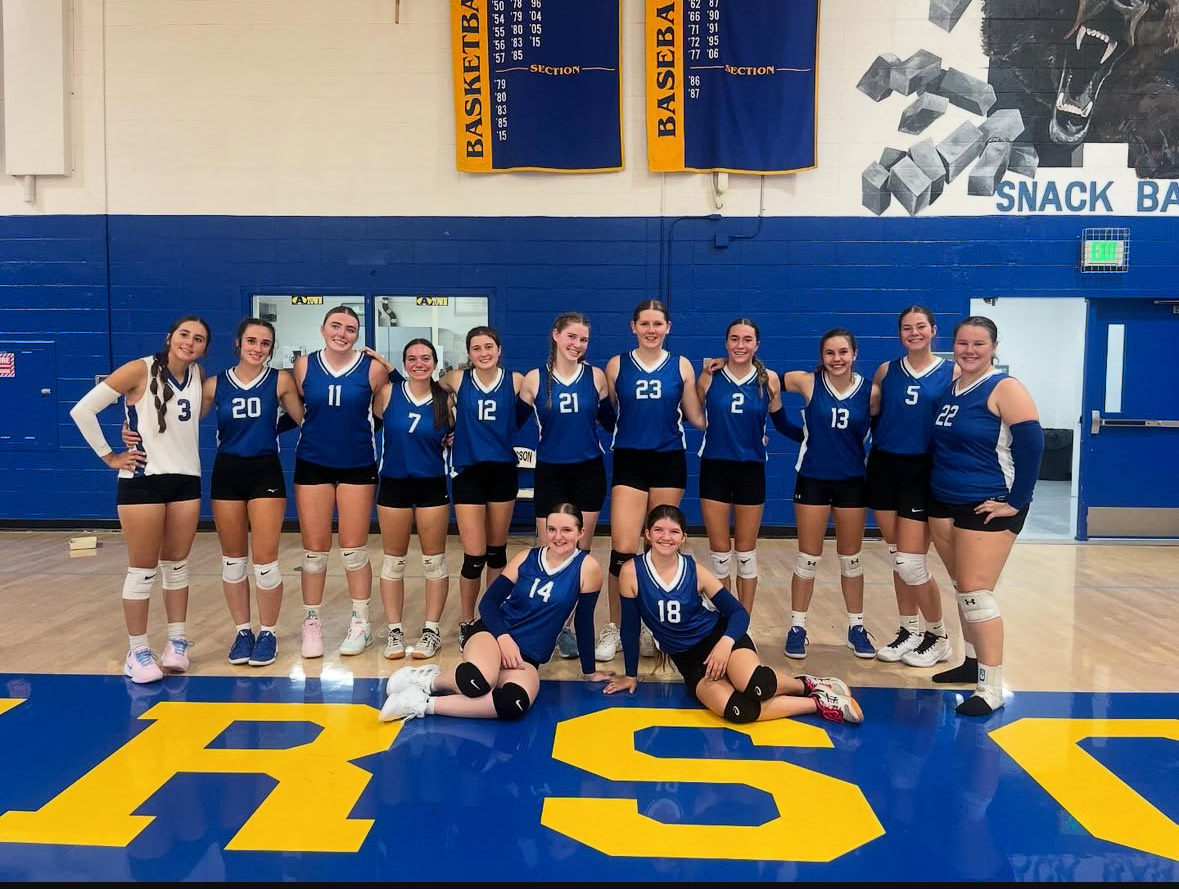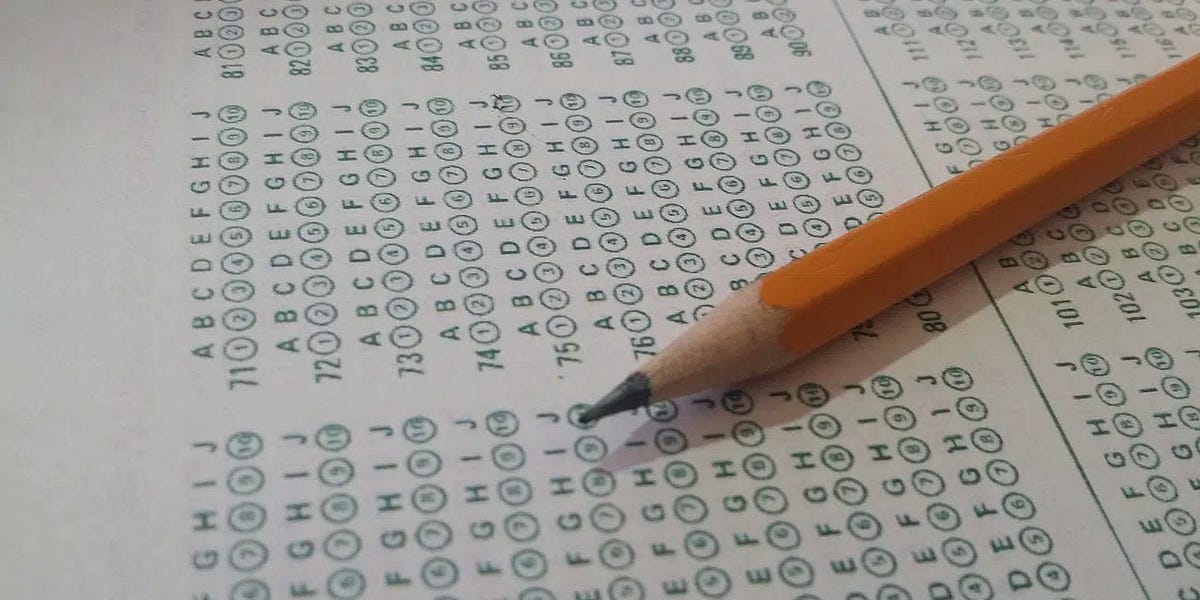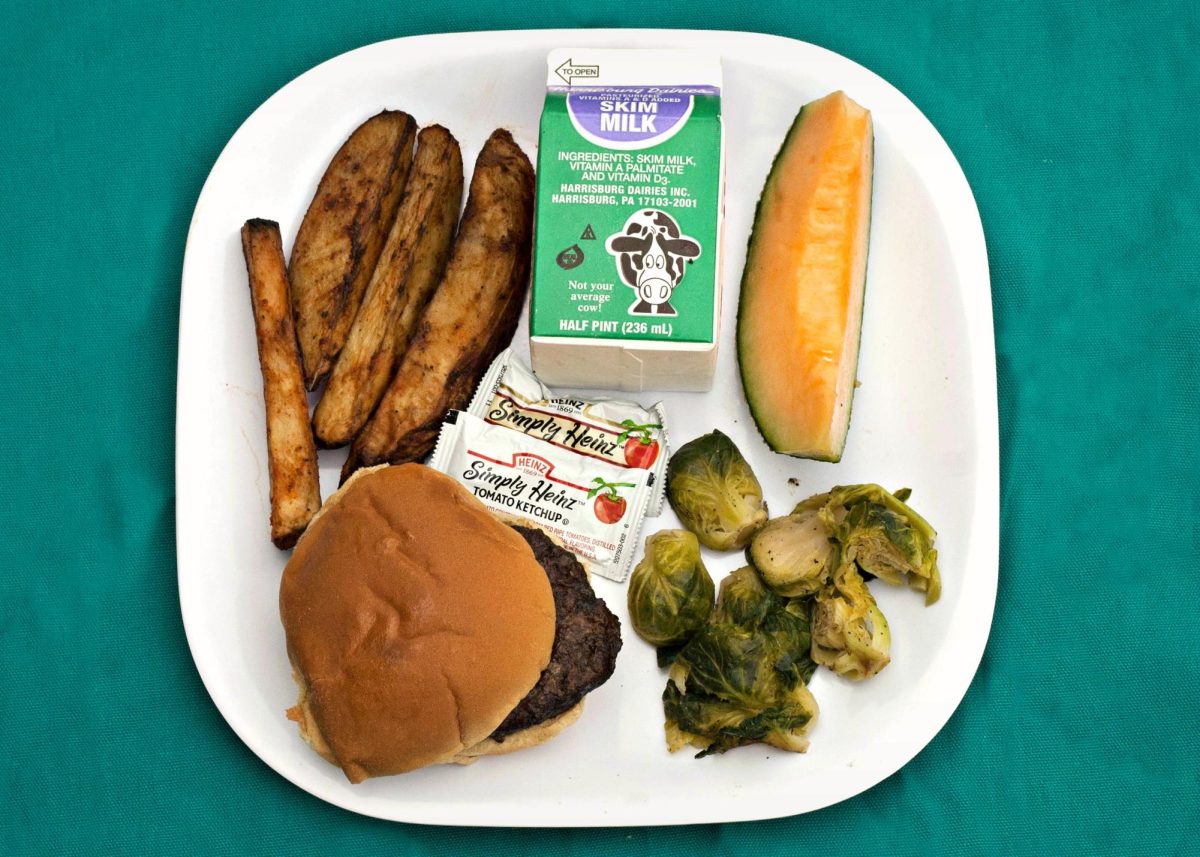Processed foods heavily influence the typical student diet, contributing to a decline in overall eating habits among Americans. The rise of Type 2 diabetes in children, once considered an adult disease, has become a growing public health concern. Since the 1990s, childhood obesity rates have surged, driven by poor diets and decreased physical activity. By the early 2000s, medical research and public health discussions highlighted the alarming increase in cases among young people, reinforcing the need for better nutrition education and healthier food options.
At CORE Butte High School, students acknowledge the importance of healthy eating but struggle to prioritize it in their daily routines.
“I know I should eat better. My mom always lectures me about vegetables and balanced meals. But right now, it’s just about surviving classes and staying awake,” said Jazmine Lacy.
“Before I started paying attention to what I was eating, I felt tired all the time. I’d grab whatever was quick,” said Sabin.
Recently, discussions about nutrition have gained traction due to federal efforts to promote healthier lifestyles. Make America Healthy Again is a new initiative by President Trump to promote healthier lifestyles and improve the nation’s diet. The program aims to introduce better nutrition standards in schools, increase access to fresh foods, and promote physical activity. Past administrations have also introduced policies aimed at improving school nutrition. For instance, the Healthy, Hunger-Free Kids Act (2010) under President Obama set higher nutrition standards for school meals. In contrast, the Trump administration made adjustments to these regulations, loosening some restrictions on sodium and whole grains to provide schools with more flexibility.
These policy shifts raise questions about how future federal actions will impact student diets. Will new initiatives introduce stricter guidelines or further deregulate school meal programs? And what does this mean for students at CORE Butte High School and the broader Butte County community?
When asked about potential federal nutrition policies, students expressed mixed reactions:
“I haven’t put any thought into it. I’m unsure if anything will change,” said TJ.
“I don’t know anything about it,” said Ava.
“I can’t stand this administration…” said one anonymous student, who preferred not to share their name due to political concerns.
“I have faith in President Trump and RFK,” said another anonymous student, citing similar reasons for anonymity.
The hesitancy among students to discuss their opinions suggests that partisan politics now influence nearly every aspect of society, even nutrition. This raises broader concerns: How can the government effectively promote healthier eating if awareness of such policies remains low? Will future policies be implemented in a way that directly benefits students? And can we have honest discussions about national health initiatives without political tensions overshadowing the conversation?
While expectations may be uncertain and low, any positive developments in school nutrition could be a welcome change for students at CORE Butte High School.





















bhc • Apr 8, 2025 at 2:10 pm
Thats crazy
Elliott • Apr 8, 2025 at 1:16 pm
I want good food, but I want to be healthy.
amelia • Apr 8, 2025 at 1:12 pm
I love how you give some facts to help understand. The introduction is an attention grabber. It makes you want to to read the hole thing.
Roman Nystrom • Apr 8, 2025 at 10:14 am
An insightful and relevant story, something that every student needs to hear. The current state of American health is unaccetable. I would like to add that some suspect that microplastics are contributing to obesity rates by blocking important horomones for development